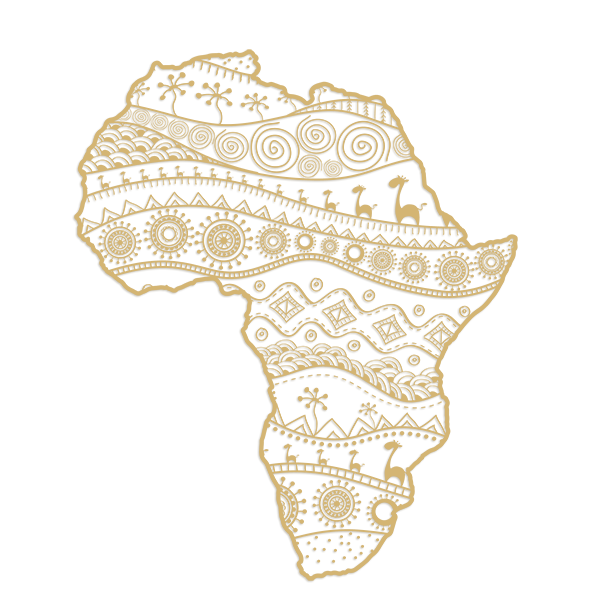
Guardians of Africa’s Wildlife in National Parks
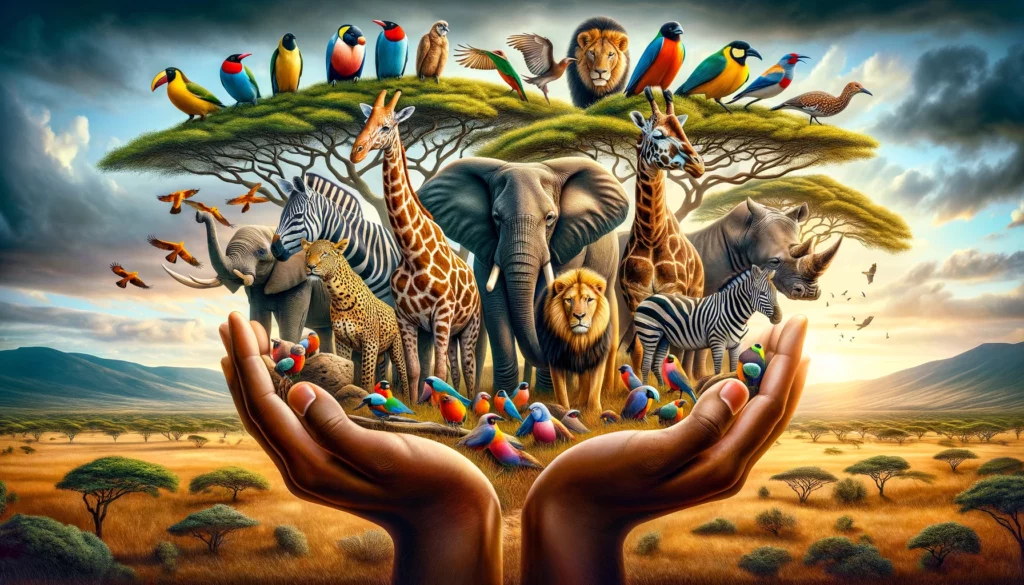
Africa stands as a beacon of biodiversity, a land teeming with a myriad of life forms, each playing a pivotal role in the fabric of the natural world
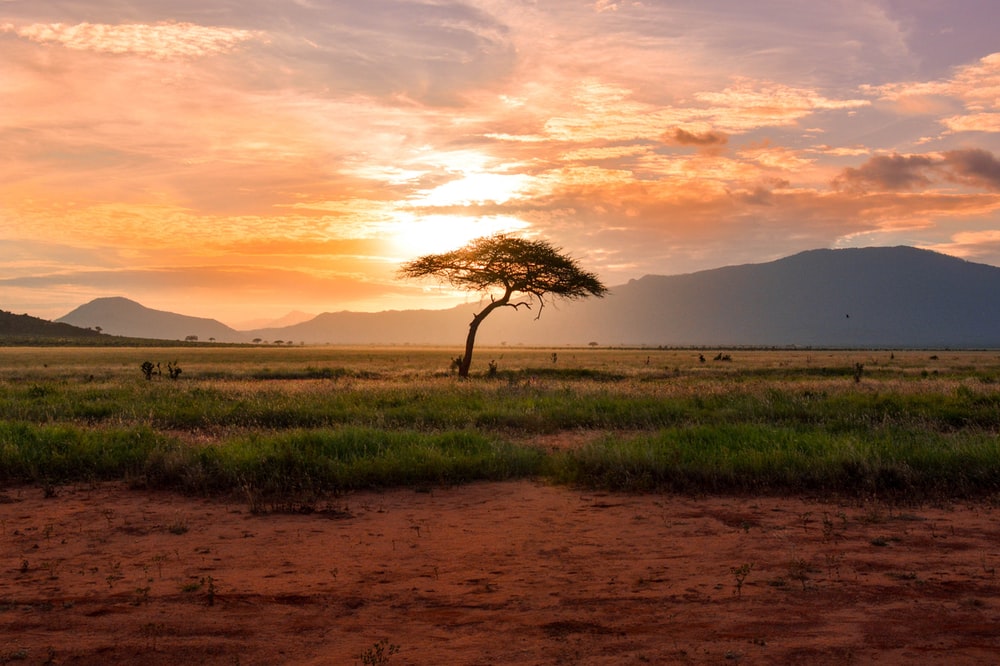
Importance of Wildlife Conservation in Africa.
.This continent, rich in wildlife and lush ecosystems, is not merely a repository of nature’s wonders but a crucial player in the global and local socio-economic arenas. The task of conserving Africa’s wildlife transcends environmental stewardship, embodying a critical investment in the continent’s socio-economic resilience and its aspirations for a prosperous future.
Conservation: A Journey Through Africa’s National Parks and the Guardians of Wildlife.
Wildlife conservation on this vibrant continent is an endeavor that goes beyond safeguarding the charismatic megafauna like the noble African elephant or the enigmatic leopard. It delves into the preservation of their habitats—the forests, savannas, and wetlands that are vital for the Earth’s wellbeing. These ecosystems are the lungs and lifeblood of our planet, offering indispensable services such as air and water purification, carbon sequestration, and the maintenance of soil health. They form the backbone of the tourism sector, a powerhouse of economic growth and employment for countless communities across Africa.
Yet, the journey toward effective conservation is laden with hurdles. Poaching, habitat degradation, and the specter of climate change pose immediate and existential threats to Africa’s biodiversity. These challenges imperil not only the myriad species that call this continent home but also the fundamental conditions necessary for human survival. The erosion of biodiversity risks undermining ecosystem services, jeopardizing food security, clean water access, and climate stability. Thus, the mission to conserve wildlife is not a matter of mere ecological interest but a vital facet of sustainable development and the legacy we leave for future generations.
Moreover, the natural treasures of Africa are inextricably linked to the cultural identity and national pride of its people. Efforts to preserve these wonders do more than protect biodiversity; they knit communities together, imbuing a shared sense of purpose and determination to safeguard this heritage for the eyes and spirits of the future. In this endeavor, Africa has the opportunity to set a global standard, demonstrating the imperative of a symbiotic relationship between humanity and the natural world. Through concerted conservation efforts, the continent shines as a testament to the power of unity in the face of environmental challenges, highlighting the indomitable spirit of cooperation in the quest to maintain the balance of life.
Who are the organisations that play an important role in protecting Africa’s Wildlife?
In the fight for wildlife conservation in Africa, several organizations stand out for their dedication, innovative approaches, and impactful results. These range from international bodies to local NGOs, each playing a unique role in the conservation tapestry of the continent. Here are some of the key players:
- African Wildlife Foundation (AWF): With a focus on protecting African wildlife and wild lands, AWF works to ensure the wildlife and communities in Africa thrive together. Through land conservation, wildlife protection, community empowerment, and sustainable development programs, AWF seeks to address the needs of the environment and the people.
- Wildlife Conservation Society (WCS): WCS operates on the ground in over 60 countries, including many in Africa, to save wildlife and wild places. By conducting scientific research, managing protected areas, and working with local communities, WCS aims to secure conservation wins in Africa’s most biodiverse landscapes.
- Save the Elephants: Dedicated specifically to the conservation and protection of elephants in Africa, Save the Elephants conducts vital research on elephant behavior and ecology and fights against ivory trade and poaching.
- The Jane Goodall Institute: Focused on the conservation of chimpanzees and their habitats, the Institute not only works to protect primates but also promotes sustainable development programs that engage local communities in conservation efforts.
- Conservation International: With the mission to protect the nature we all rely on for food, fresh water, and livelihoods, Conservation International invests in African landscapes, seascapes, and communities to address critical conservation challenges.
- The World Wide Fund for Nature (WWF): WWF’s work in Africa is extensive, covering species conservation (such as elephants, rhinos, and gorillas), marine protection, and addressing environmental threats like climate change and illegal wildlife trade.
- The Nature Conservancy (TNC): TNC works in several African countries to protect critical landscapes and watersheds, restore degraded lands, and support sustainable development that benefits both nature and people.
- International Union for Conservation of Nature (IUCN): IUCN supports scientific research, manages field projects all over the continent, and brings governments, NGOs, the UN, international conventions, and companies together to develop policy, laws, and best practices.
Africa’s diverse and majestic wildlife, a true testament to the planet’s natural beauty, faces unprecedented threats. From the sprawling savannas teeming with majestic elephants and swift cheetahs to the dense forests home to elusive gorillas and vibrant bird species, the continent’s wildlife is a critical component of its identity and ecological balance. Recognizing the urgent need to protect these treasures, a variety of dedicated organizations have stepped forward, adopting a holistic and multifaceted approach to conservation.
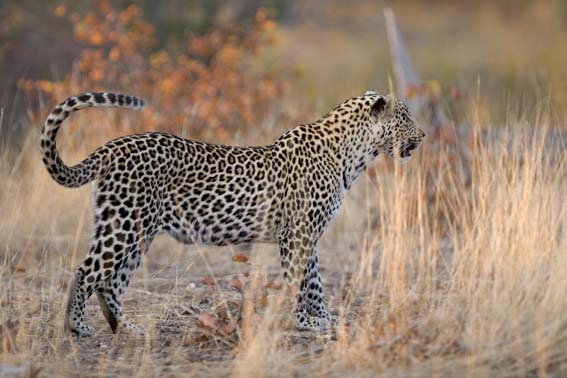
At the heart of their efforts is the implementation of direct action strategies. Anti-poaching patrols serve as the frontline defense against illegal wildlife trafficking, a nefarious activity that not only endangers specific animal populations but threatens the balance of entire ecosystems. These patrols, often composed of highly trained teams, work tirelessly across vast and rugged terrains, ensuring the safety of the continent’s wildlife from poachers’ snares and traps.
Beyond physical protection, legal advocacy plays a pivotal role in the fight for wildlife conservation. Organizations engage in tireless advocacy to shape and strengthen laws that protect endangered species and their habitats. This includes pushing for harsher penalties for poachers and traffickers, lobbying for policies that promote sustainable land use, and working to secure legal protection for critical habitats. Through these efforts, conservationists aim to create a robust legal framework that safeguards Africa’s natural heritage for future generations.
Recognizing that the degradation of habitats is among the greatest threats to wildlife, habitat restoration projects are crucial. These initiatives aim to rehabilitate environments that have been harmed by human activities such as deforestation, mining, and agriculture. By restoring natural landscapes, conservationists not only provide safe havens for wildlife but also help to ensure that ecosystems can function effectively, supporting both animal and human communities.
Perhaps the most transformative strategy employed is the fostering of community-based conservation initiatives. Understanding that the fates of wildlife and local communities are deeply intertwined, these organizations work to involve those who live closest to wildlife in conservation efforts. This includes education on the importance of conservation, the development of sustainable livelihood alternatives that reduce reliance on poaching or habitat destruction, and the involvement of local communities in decision-making processes. By empowering communities, conservationists build allies in the fight against wildlife threats, ensuring that conservation benefits both people and animals.
The journey toward effective conservation in Africa is a collaborative one, requiring the engagement of local communities, governments, and international partners. Through this collective effort, organizations aim to develop sustainable conservation models that not only protect wildlife but also offer economic and social benefits to human populations. This holistic approach exemplifies a growing recognition that the conservation of Africa’s natural heritage is not a solitary endeavor but a shared responsibility that demands the commitment and participation of all stakeholders.
Through these comprehensive and collaborative efforts, conservation organizations in Africa are not only working to protect the continent’s wildlife but are also laying the foundation for a future where humans live in harmony with nature. It’s a challenging journey, but with continued support and participation from all corners of society, it’s one that can lead to lasting success and the preservation of Africa’s natural legacy for generations to come.
What are the most endangered species, and why are they at risk?
The beauty and majesty of Africa’s wildlife are under siege, with the very soul of the continent—the elephants, rhinos, and gorillas we’ve all marveled at—teetering on the brink of extinction. The culprits? A lethal mix of illegal poaching, their homes being torn apart, and the relentless march of climate change. Poachers, lured by the black market’s demand for ivory, horns, and other parts, are decimating these animals at an alarming rate. Meanwhile, their natural homes are being chopped up and destroyed, leaving them with nowhere to go and often putting them at odds with humans. In the midst of this crisis, conservationists are fighting back, striving to safeguard these animals in the wild and tackle the deep-seated issues driving their decline..
How does climate change affect wildlife and their habitats?
Climate change is casting a long shadow over Africa’s wildlife and their homes, reshaping the very ecosystems that have thrived for millennia. As temperatures soar and rainfall patterns shift, the essentials of life—water and food—are becoming scarce, pushing countless species into a corner. Imagine the African penguin, once thriving, now desperately searching for food and a place to raise its young, all because its home is no longer the safe haven it used to be. But it’s not just about the struggle for food and shelter. Climate change is also a boon for unwelcome guests—invading species and diseases that put additional pressure on already struggling native animals. To counteract these dire changes, conservation efforts are increasingly focusing on helping ecosystems and local communities adjust and adapt. This isn’t just about saving animals; it’s about securing the future of life in all its diversity.
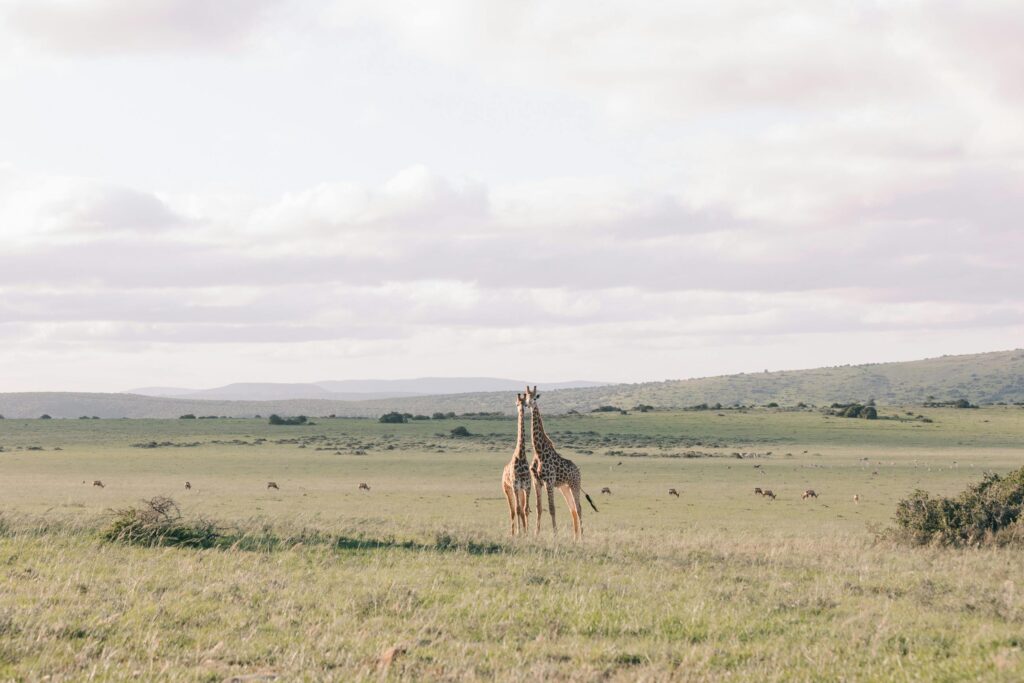
What are effective strategies for combating poaching and illegal wildlife trade?
Tackling the scourge of poaching and the shadowy world of illegal wildlife trade demands a strategy that’s as complex and varied as the ecosystems we’re striving to protect. Front and center in this battle are the anti-poaching units, the unsung heroes who, armed with training and gear, stand guard over our planet’s precious wildlife. Working hand-in-hand with local communities, they patrol the wilds, eyes peeled for signs of poachers, serving as a formidable barrier between the hunters and the hunted.
But it’s not just about boots on the ground. The fight against wildlife crime stretches into the courtrooms and legislatures, demanding laws that don’t just slap wrists but impose severe consequences for those who threaten our world’s natural heritage. It’s about tightening the noose on enforcement, ensuring that the laws we do have are more than just words on paper.
Beyond the legal battles, changing hearts and minds is crucial. Through public awareness campaigns and international collaboration, we can cut off the demand that fuels this illicit trade, aiming to dismantle the networks that profit from the plunder of the Earth. This multi-pronged approach is our best shot at preserving the rich tapestry of life that makes our planet so uniquely vibrant.
How can habitat destruction and habitat fragmentation be reversed or mitigated?
Healing the wounds inflicted on our planet through habitat destruction and fragmentation is a task that calls for both ambition and innovative thinking. Picture a world where ecosystems, once torn asunder, are whole again, where forests are reborn through reforestation efforts, and animals roam freely along corridors that stitch their fragmented worlds back together. This vision is achievable through sustainable practices that marry the needs of development with the imperatives of conservation, ensuring that we don’t just take from the Earth, but also give back.
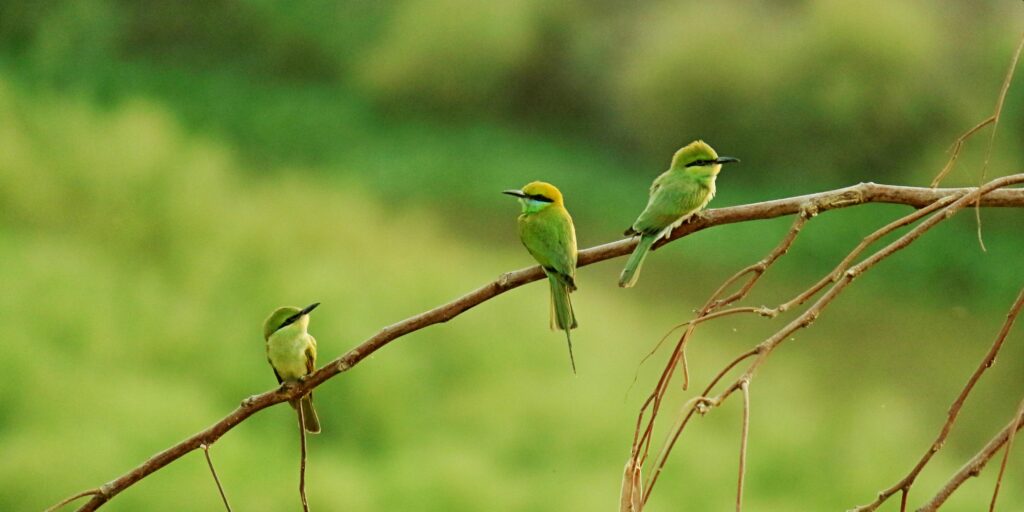
Crucially, the success of these endeavors hinges on the involvement of those who call these lands home. By engaging local communities, conservationists can craft projects that are not only effective but also enriched by the knowledge and needs of the people. This collaborative approach promises not just a return of the wild but also opportunities and benefits for local populations.
Policies play a pivotal role, too, acting as the framework within which all these efforts operate. By promoting land conservation and putting the brakes on unsustainable agricultural and industrial expansion, we can shield our natural world from further harm. It’s a comprehensive strategy that looks to not just patch up the damage but to forge a future where humans and nature thrive together.
What role do protected areas play in wildlife conservation, and are they effective?
Protected areas stand as the bedrock of wildlife conservation, offering sanctuaries where the natural world can thrive, largely untouched by the hand of humanity. These reserves are vital for safeguarding endangered species, upholding biodiversity, and ensuring the continuation of natural processes that are essential to the health of our planet. In principle, these areas are perfect refuges for the wild; however, their effectiveness hinges on robust management, adequate financing, and the backing of those who live in their shadow.
When these elements align, protected areas can become success stories, shining examples of conservation in action. They prove that, with the right care and community involvement, it’s possible to preserve the wonders of the natural world for future generations. These success stories underscore the pivotal role that protected areas play in the wider effort to conserve our planet’s irreplaceable wildlife and habitats.
How can local communities be involved in wildlife conservation efforts?
Bringing local communities into the heart of conservation efforts isn’t just beneficial—it’s absolutely crucial for the longevity and impact of these endeavors. When conservation is community-based, it transforms from a top-down directive into a shared journey. Local people become custodians of their natural heritage, managing wildlife reserves, spearheading sustainable tourism ventures, and engaging in activities that bring prosperity to both humans and the environment.
This collaborative approach does more than just protect nature; it weaves conservation into the fabric of everyday life, aligning the preservation of the wild with the dreams and needs of those who live closest to it. As communities come to see the value in safeguarding their surroundings, conflicts between humans and wildlife begin to diminish. The result is a powerful sense of ownership and a collective responsibility towards the environment—a win-win for all involved in the noble quest to conserve our planet’s precious biodiversity.
What are the consequences of invasive species on native wildlife and ecosystems?
Invasive species represent a formidable challenge to native wildlife and the delicate balance of ecosystems, frequently overpowering local species in the battle for resources and disrupting the harmony of nature. When non-native plants take root, they can transform the landscape in ways that leave native animals struggling to survive. Similarly, invasive animals can wreak havoc by spreading diseases or preying on indigenous species. The fight against these unwelcome intruders demands constant vigilance and a proactive approach, with strategies like eradication efforts and initiatives to bolster native populations. Through such measures, we aim to mend the ecological fabric torn by these invaders, striving to restore the natural order and protect the diversity and resilience of our planet’s ecosystems.
How can we balance economic development with wildlife conservation?
Navigating the delicate interplay between economic growth and wildlife conservation presents a multifaceted puzzle, one that demands creativity and a commitment to sustainability. By weaving conservation priorities into the very fabric of development strategies, we can chart a course where economic pursuits enhance, rather than undermine, biodiversity. This vision calls for the embrace of eco-tourism, agriculture that treads lightly on the earth, and energy solutions that harness the power of the wind, sun, and water—all designed to support human livelihoods without sacrificing the sanctuaries of the natural world.
Such a harmonious balance cannot be achieved in isolation. It requires the concerted effort of governments, businesses, conservationists, and communities, each bringing their strengths and perspectives to the table. Together, they can forge innovative pathways that ensure economic activities nourish both the wellbeing of humanity and the health of the planet. In this collaborative spirit lies the promise of a future where development and conservation are not adversaries but allies, jointly fueling a world that flourishes in every sense.
What is the importance of biodiversity, and why should it be conserved?
Biodiversity is the intricate tapestry that sustains ecosystems and underpins human existence. It’s the backbone of ecosystem resilience, delivering vital services like purifying our air and water, pollinating our crops, and regulating diseases. This rich diversity of life is not just a luxury; it’s essential for maintaining the earth’s life-support systems and for our adaptation to shifting environmental landscapes. Beyond its practical benefits, biodiversity possesses an inherent worth, adding depth and splendor to our world with its vast array of forms and interactions.
The mission to conserve biodiversity is more than a call to protect the natural world; it’s an imperative to ensure a thriving planet for the generations to come. Through conservation efforts, we commit to preserving this priceless natural heritage, fostering a healthier, more resilient earth. It’s a pledge to future generations that they, too, will inherit a world brimming with the wonders and resources that we have had the privilege to enjoy.
How can technology and citizen science contribute to wildlife conservation?
The alliance of technology and citizen science forms a formidable front in the battle to conserve wildlife. Cutting-edge tools such as satellite imagery, camera traps, and GPS tracking unveil the mysteries of animal behavior, habitat shifts, and the pressing dangers of poaching and habitat loss. Meanwhile, citizen science projects invite everyone to play a part in conservation, whether it’s tracking the variety of species in a given area or noting the whereabouts of wildlife. Together, these modern methods and community-driven initiatives significantly deepen our comprehension of nature’s intricacies. They not only equip scientists with the data needed to make informed decisions but also galvanize the public, turning bystanders into active participants in the global effort to protect our planet’s rich biodiversity.
Upsides | Downsides |
|---|---|
| Preserves biodiversity | Can be costly |
| Supports ecosystems and human livelihoods | Potential conflict with local communities |
| Boosts eco-tourism and economic development | Requires long-term commitment and resources |
| Contributes to climate change mitigation | Conservation areas can limit access to land and resources |
We highlight 20 National Parks that are renowned for their unique wildlife, landscapes, and conservation significance.
- Serengeti National Park, Tanzania – Famous for the Great Migration of wildebeests and zebras.
- Kruger National Park, South Africa – One of Africa’s largest game reserves, known for its high density of wild animals.
- Maasai Mara National Reserve, Kenya – Known for its exceptional population of lions, leopards, cheetahs, and the annual migration.
- Etosha National Park, Namibia – Notable for its salt pan so large it can be seen from space and its unique wildlife.
- Chobe National Park, Botswana – Renowned for its large herds of elephants and diverse habitats.
- Virunga National Park, Democratic Republic of the Congo – Africa’s oldest national park, known for its mountain gorillas.
- Bwindi Impenetrable National Park, Uganda – A UNESCO World Heritage site, famous for gorilla tracking.
- Hwange National Park, Zimbabwe – The largest park in Zimbabwe, known for its large elephant population.
- Ngorongoro Conservation Area, Tanzania – A UNESCO World Heritage site, home to the vast volcanic Ngorongoro Crater and dense wildlife.
- Mana Pools National Park, Zimbabwe – Known for its wildlife-rich floodplains and for offering unique canoeing safaris.
- Murchison Falls National Park, Uganda – Famous for its impressive waterfall and diverse wildlife.
- Amboseli National Park, Kenya – Offers iconic views of Mount Kilimanjaro and large elephant herds.
- Moremi Game Reserve, Botswana – Part of the Okavango Delta, offering exceptional game viewing.
- Kidepo Valley National Park, Uganda – Known for its rugged savannah landscapes and diverse fauna.
- Tsingy de Bemaraha National Park, Madagascar – A UNESCO World Heritage site, notable for its limestone karst landscapes.
- South Luangwa National Park, Zambia – Offers some of the best walking safaris in Africa and is known for its high concentration of leopards.
- Simien Mountains National Park, Ethiopia – Famous for its dramatic landscapes and endemic species like the gelada baboon.
- Gorongosa National Park, Mozambique – A success story in conservation and restoration efforts.
- Queen Elizabeth National Park, Uganda – Known for its diverse ecosystems and the tree-climbing lions of Ishasha.
- Mount Kilimanjaro National Park, Tanzania – Not only Africa’s highest peak but also a UNESCO World Heritage site, offering unique alpine fauna and flora.
Maasai Serengeti National Park and Maasai Kenya
Picture the vastness of the Serengeti National Park in Tanzania or the Maasai Mara in Kenya. These aren’t just wildlife reserves; they’re the cultural heartlands of the Maasai people. Learn More about the culture – Click Here
Membership to National Parks Africa
Sign up with us today and dive into an amazing opportunity! We’re excited to offer an exclusive spot in our yearly listings, perfect for National Parks, places to stay, and Tour Operators like you. Our site’s crafted with a deep love for travel and adventure, aiming to really ramp up your online presence, get more people interested in what you offer, and drive up your site’s visits. Join our community and let’s make your business shine in the bustling tourism scene!
Site Sources
- African Wildlife Foundation: www.awf.org
- Wildlife Conservation Society: www.wcs.org
- Save the Elephants: www.savetheelephants.org
- The Jane Goodall Institute: www.janegoodall.org
Conclusion
The quest to conserve Africa’s wildlife is a nuanced and vital mission, calling for a unified effort, inventive solutions, and unwavering dedication. Through safeguarding species on the brink, addressing the impacts of climate change, and harnessing the energy and knowledge of local populations, we stand a chance at preserving the splendor of Africa’s fauna and the life-supporting habitats they depend on. This endeavor is neither simple nor easy, marked by obstacles at every turn, yet the ultimate prize—securing the rich tapestry of global biodiversity for the enjoyment and benefit of future generations—holds immeasurable worth.
As individuals and collectively, we possess both the capability and the duty to make a difference. It’s imperative that conservation becomes a global imperative, not solely for the sake of Africa’s natural heritage, but as a cornerstone in the larger narrative of our planet’s health and legacy. Let’s rally together to place conservation at the forefront of our actions, embracing our role as stewards of Earth’s astonishing diversity.
Key Takeaways
- Wildlife conservation is essential for preserving biodiversity, ecosystem services, and socio-economic benefits.
- Combating poaching, climate change, and habitat destruction requires coordinated efforts from global to local levels.
- Protected areas, while crucial, need effective management and community support to succeed.
- Technology and citizen science are valuable tools in the conservation toolkit.
- Balancing economic development with conservation goals is possible and necessary for sustainable futures.
- Every individual has a role to play in wildlife conservation, from reducing demand for illegal wildlife products to supporting conservation organizations.
